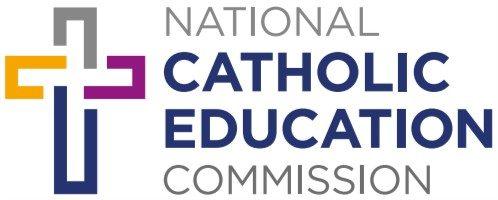26 February 2020
The National Catholic Education Commission (NCEC) welcomes the introduction of legislation to amend the Australian Education Act to allow for a fairer and more accurate measure of assessing parents’ capacity to contribute to the costs of non-government schooling.
The Direct Measure of Income (DMI), to be fully introduced by 2022, is based on the findings of the independent review by the National School Resourcing Board (NSRB). The DMI will replace the socio-economic status (SES) score methodology that was identified as fundamentally flawed by the Gonski Review in 2011, and will rectify the poorly conceived amendments to the Australian Education Act introduced by the Turnbull government in 2017 that increased the fee expectations on non-government school families.
National Catholic Education executive director Jacinta Collins said the existing geographically-based SES model has inherent inequities because it assesses family wealth based on the area in which a family lives, not by their actual income.
“Both the Gonski and NSRB reviews found that the SES methodology was simply too crude to ensure fair funding for the majority of low fee Catholic schools,” Ms Collins said.
“The 2017 model introduced by the Turnbull Government created serious consequences that threatened the viability of nearly 500 low fee Catholic schools and increased the fee expectations on non-government school families.
“In many cases, these schools would have been forced to double or triple their fees, making them unaffordable to many Catholic school families.”
“The new DMI will provide a more accurate and meaningful measure by using the median income of parents and carers at the school to determine the base funding level per student,” Ms Collins said.
“It will also mean that low fee Catholic schools are able to keep school fees affordable for families, without which, the choice of Catholic schooling would have been out of reach for many families.”
For example, in 2019, 32 per cent of students from St John’s Catholic Primary School in Clifton Hill came from families with a Health Care Card; 36 per cent were assessed to be educationally-disadvantaged; and 20 per cent were students with disabilities. However, because the school is located in the inner city, east of Melbourne, St John’s has an SES score of 115. This is the same score assigned to Geelong Grammar (115). With the more accurate measure of parental income, St John’s has been given a DMI score of 97, a decrease of 18 points, which means the school’s base funding entitlement will increase by 67 per cent or over $400,000 per year.
St James College is a small inner city Brisbane co-educational secondary school. Of the college’s 389 students in 2019, 44 per cent were from the most disadvantaged educational background; 17 per cent had a medically diagnosed disability; and 30 per cent a language background other than English that requires learning assistance. Despite the make-up of the school community, under the current system the school is calculated as having an SES score equal to the national average which led to underfunding of $1,800 per student. The new DMI puts St James at the minimum level of capacity to contribute which will result in an increase in federal funding to these students who are most in need.
Cathedral School in Bathurst is a primary school with 353 students where 40 per cent of students are from the bottom two quartiles of socio-educational advantage, and one in five students have a disability requiring teaching adjustments. Under the current SES scoring system, the school has a score of 102, whereas the DMI puts it below the national average, better reflecting its student population.
“We are very pleased that the Federal Government is committed to fair and equitable funding for non-government schools, and we look forward to working with them to continue to improve school funding arrangements,” Ms Collins said.
“We also welcome the government’s recognition that school systems are best-placed to understand the needs of their school communities and will continue to have the flexibility to distribute funding to their schools according to local needs.”
Nationally, Catholic schools educate more than 764,000 students – or one in five Australian students – in 1,746 schools, the vast majority of which are low-fee schools.
